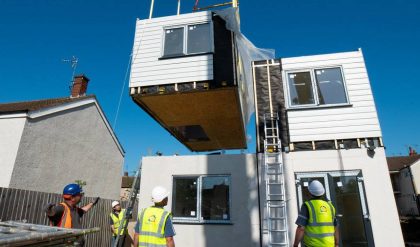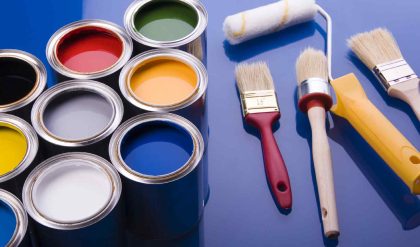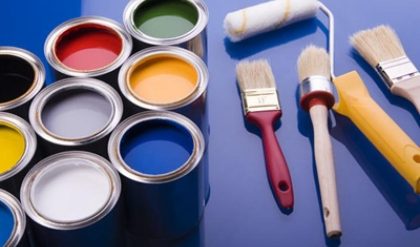A false ceiling is a ceiling made beneath the main ceiling of the room or building. In other words, it is a second layer of roof suspended from the main roof with the help of metal or wooden frame. It is also known as dropped ceiling. False ceiling has multiple advantages. It improves the aesthetics of the room. False ceiling is provided to keep the room cool during summer and warm in winter. It is also provided to conceal the ugly mesh of electrical wires, light fixtures, air-conditioning ducts and other fixtures.

The false ceiling is hung or fixed in a framework made of Aluminium or GI sections or wooden batten fixed with the main ceiling. The false ceiling is fixed at a minimum distance of 8 inches from the main ceiling. False ceiling is made by various materials like Plaster of Paris, Gypsum board, Plywood, PVC sheets etc. The choice of material depends upon the use and design of the false ceiling. Different materials have their own advantages and disadvantages. Few of them are discussed below.
1) Plaster of Paris false ceiling:
Plaster of Paris is smooth and suits for all types of lighting arrangements. It can be molded into any type of designs and shapes. There are preferred for ornamental design and light works. It is suspended in the framework of Aluminium T-sections. Its only disadvantage is that it is not much durable and its colour fades away with time.
2) Gypsum false ceiling:
It is light weight, fire resistant and thermally insulated material. Gypsum boards are available in size of 600mm x 600mm with thickness ranging from 9mm to 15mm. It is fixed in the framework of GI channels.
3) PVC false ceiling:
PVC false ceiling is attractive, durable and water resistant. Since it is made from PVC material hence its maintenance cost is almost zero. In this type of false ceiling PVC panels are fixed in the framework of Aluminium T-sections. PVC panels are available in plenty of attractive colours and designs.





